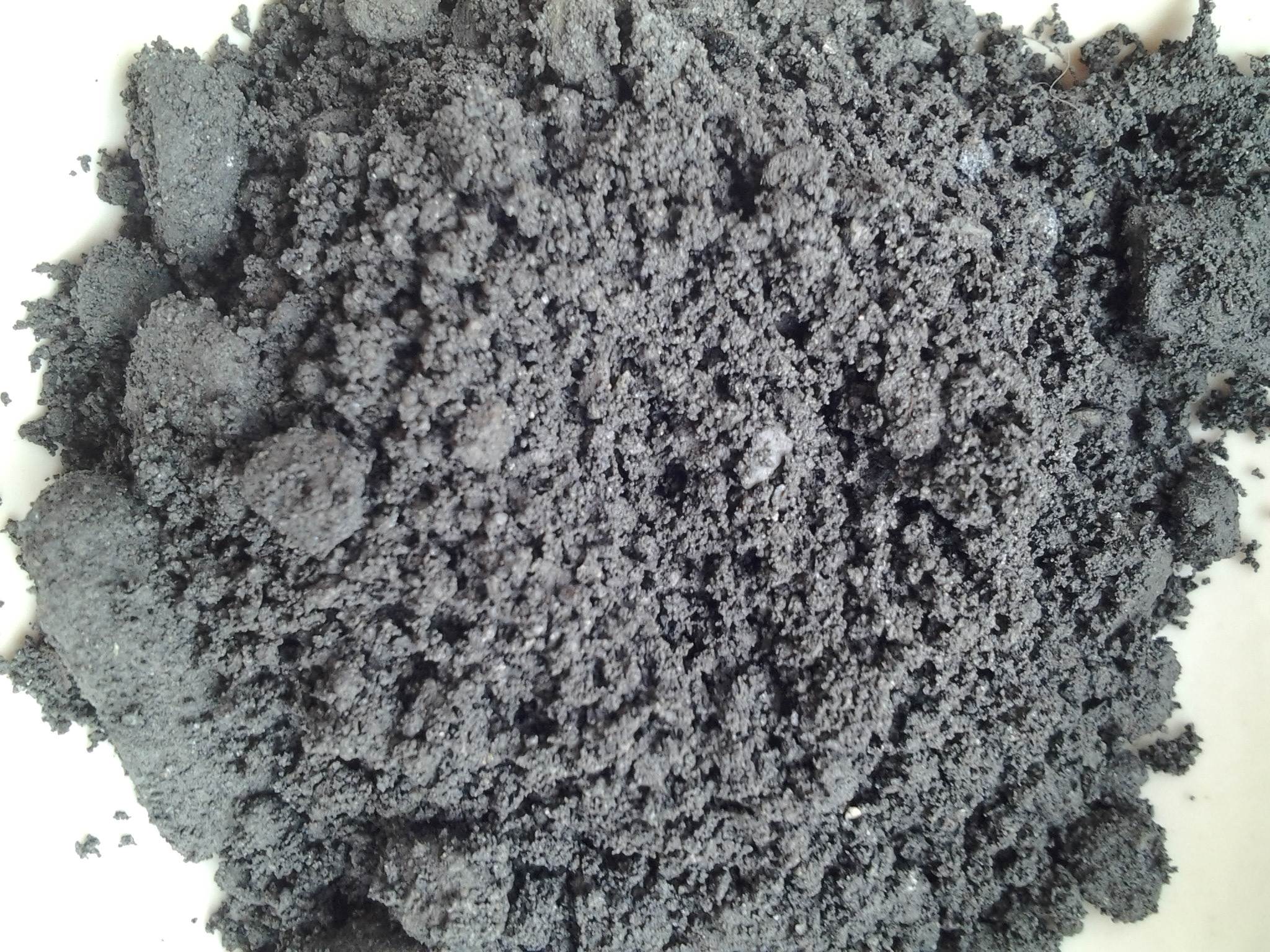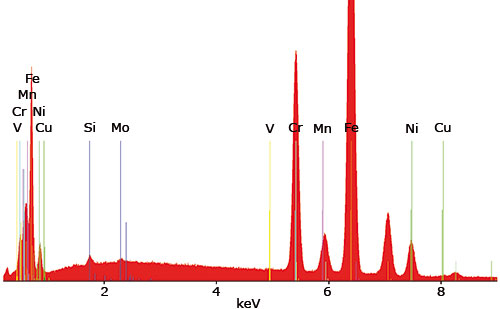Materials characterisation and testing is one of MTIS’s the core skill areas and is used to support all other services lines. The unique approach of having a network of international laboratories allows access to the most appropriate analytical tool for the specific project. Extensive duplication of instrumentation across the laboratory network ensures that the maintenance and breakdown issues which plague other laboratories do not prevent MTIS from delivering when our customers need results.
Materials characterisation typically involves assessing the mechanical, physical, chemical or structural characteristics of materials and uses a wide range of analytical techniques. Materials testing refers to determining the specific properties or performance characteristics of a given material or component under defined operational or environmental conditions.
A company that has an in-house analytical or testing laboratory has the option to outsource either the running of the facility or part of the actual testing work to a third party. This works particularly well if the third party core business focuses on characterisation and testing while the customer core business does not or when specialist techniques are not available internally. Outsourcing results in a lowering of costs and capital expenditure as well as access to more appropriate specialist equipment and expertise.
Common types of projects include:







